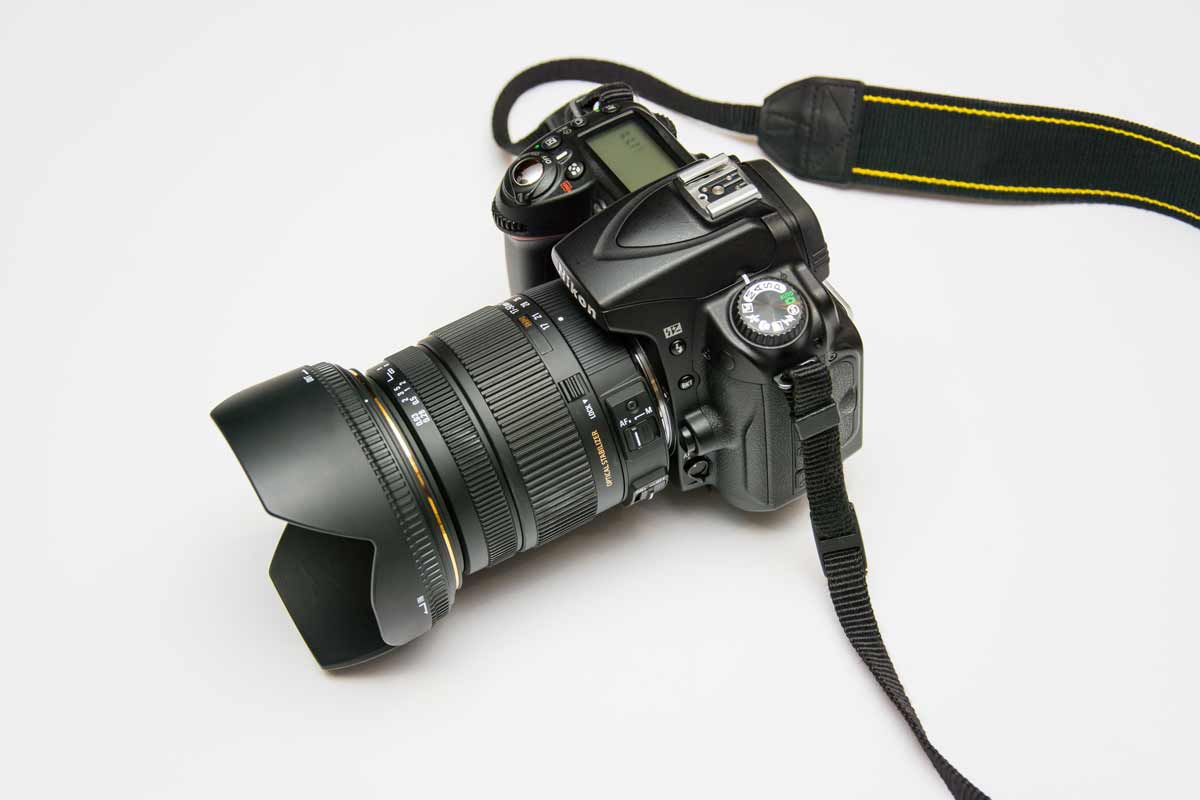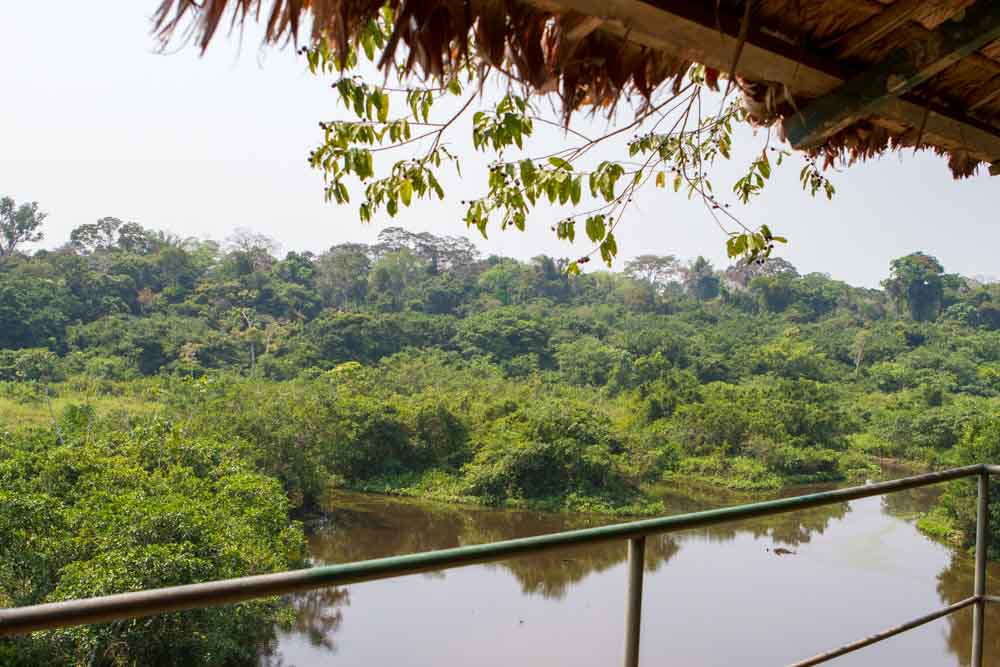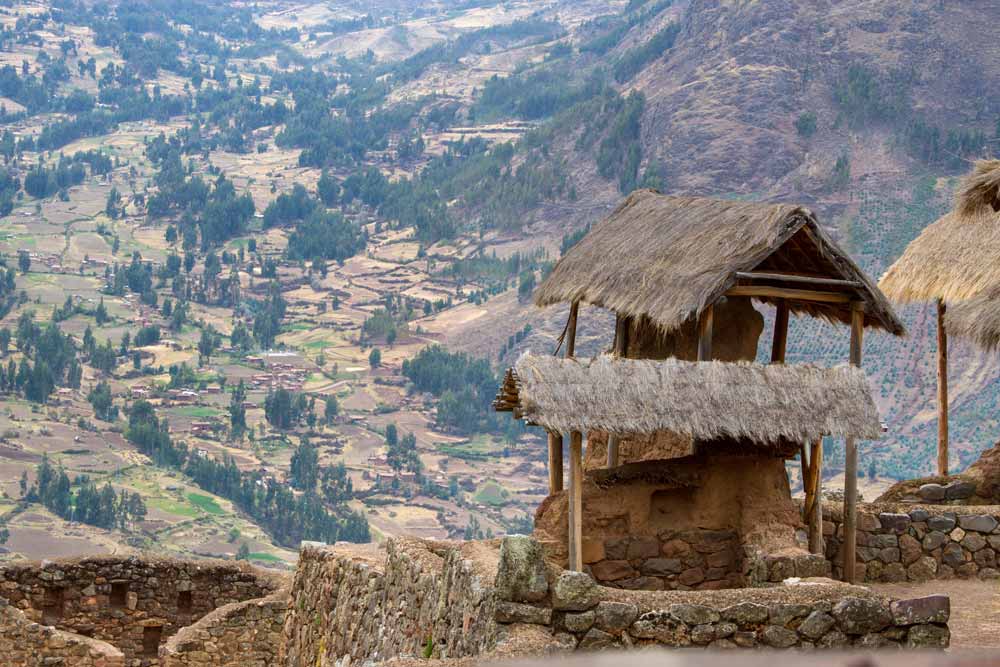
The Peruvian Sacred Valley is steeped in ancient history and is known to be one of the most important regions for the Inca civilization. Nestled in the Andes mountains and carved down the middle by the Urubamba River, the Sacred valley provided Inca villages with the agricultural environment and climate needed to sustain themselves.
The Incas considered the valley to be very important because of its agricultural significance and its proximity to the Urubamba river. The floor of the valley is at lower altitudes and is warmer than the surrounding areas. Also, its relatively flat geography made it feasible to farm, which was very important in such a rugged region. Maize or corn as it’s known today was the primary crop farmed in the valley and made up a significant portion of the Incan diet at the time. The farming in the valley provided food for the surrounding villages and beyond for 100’s of years.
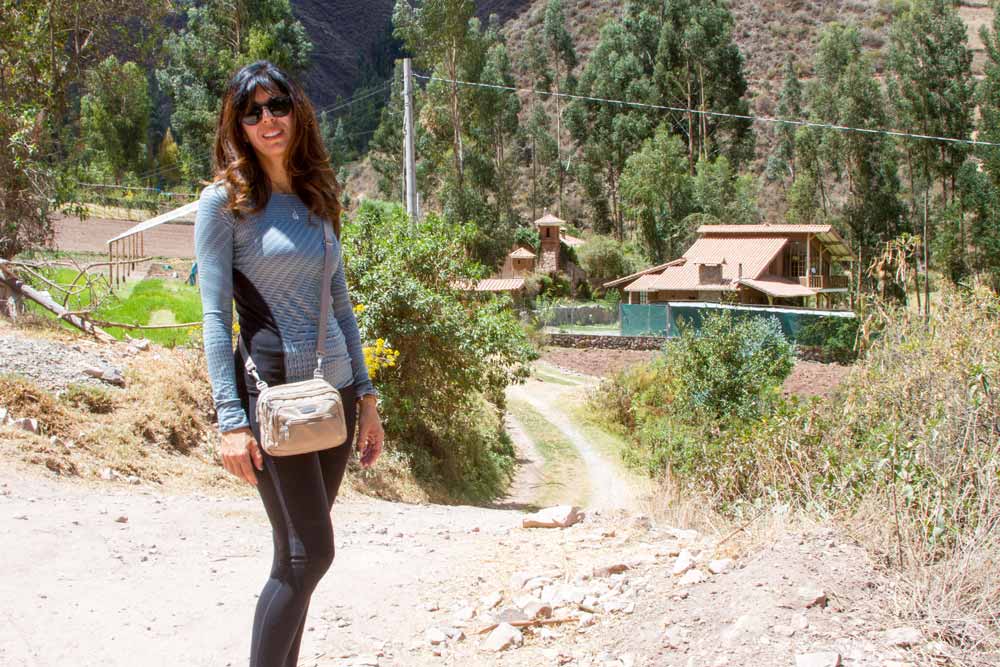
There are several small towns and villages in the area of the Sacred Valley. These include Lamay, Pisac (the entrance to the valley), Maras, Ollantaytambo (the gateway to the Inca trail), and Urubamba. It is common in these traditional towns to see Peruvian’s dressed in traditional clothing and farming using very traditional tools and methods. Given that the valley is one of Peru’s most commonly visited locations, there are, of course, typical locations where you can purchase souvenirs and other local traditional items and services that cater to tourists.
A short 15 km (or about 10 miles) from Cusco, the floor of the valley sits at 2,800m (nearly 9,200 feet) above sea level. We stayed in a small village called Lamay which was about a 15-minute ride to the town of Pisac, which is in the heart of the Sacred Valley. The Airbnb location we stayed at was absolutely stunning with amazing views of the mountains and super comfortable accommodations and amazing hosts. While it is a bit on the expensive side, we traveled with friends and split the cost. Follow this link if you’re interested in learning more. There are many other options for accommodations in the area that can suit pretty much every budget or need.
The environment in the valley is lush and typically very green. There are many trails for hiking or trekking, many of which bring you to ruins and ancient burial grounds. There are several companies that offer tours if you’re more comfortable being guided on a trek through the valley. A quick Google search will find a list of options.
When visiting the Sacred Valley you will see a lot of evidence of the innovation that made the Inca civilization famous. The landscape is littered with stone terraces carved into the mountains to level the ground for farming. Evidence of the Inca stone masonry expertise is frequently found while hiking the trails in the area.
The valley is also home to the rather famous Skylodge pods. These large glass pods are anchored to the mountain walls some 400 feet above the valley floor. We did not visit the pods but did see them high above the valley floor, calling to those who enjoy and adventure and an adrenalin rush. If you’re interested in a stay at the Skylodge it’s best to plan well in advance. More information and availability can be found on the Skylodge Airbnb listing.
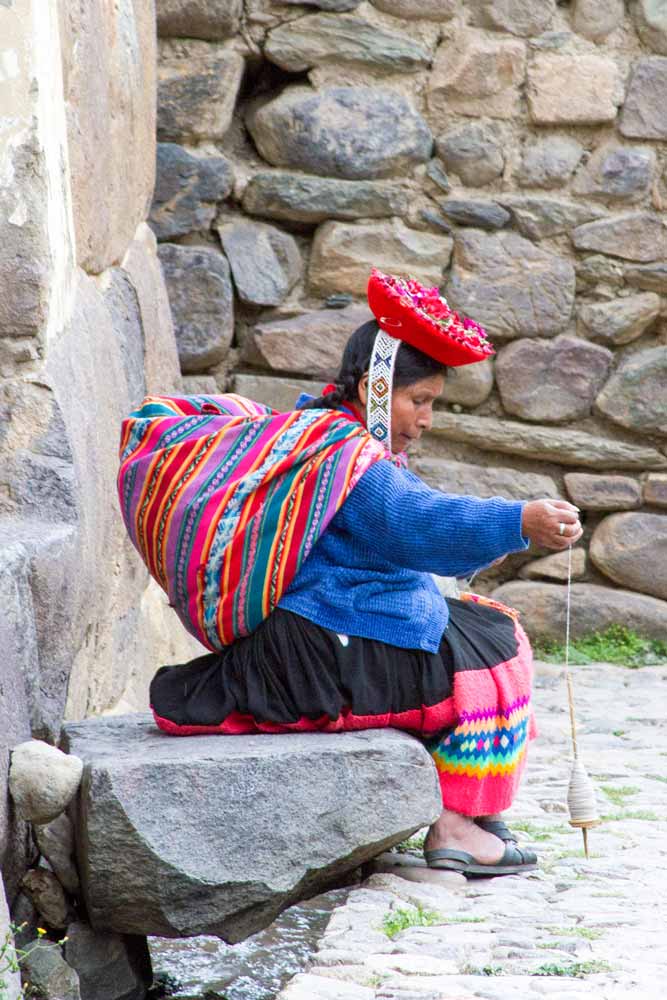
A Peruvian Woman in Traditional Dress
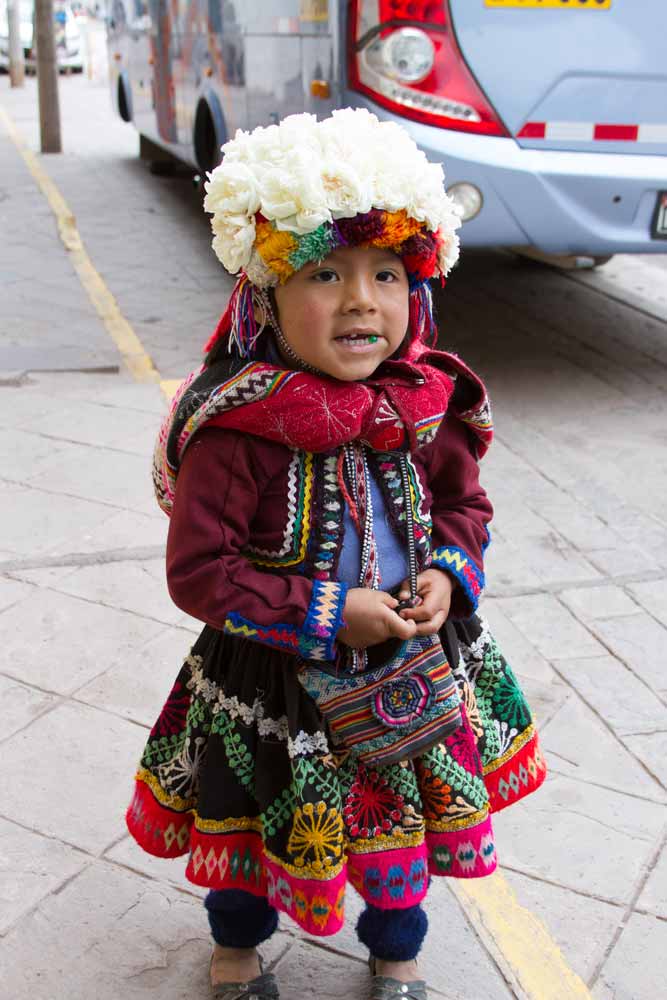
Cute as a Button in the Valley
While the valley sits between Cusco and Machu Picchu, both very popular with visitors, it is actually a destination in and of itself. The area is a good place to relax and acclimate to the altitude while preparing for whatever is next during your Peruvian journey. There is much to be learned and appreciated about the historical significance and the beauty of the Sacred Valley.


